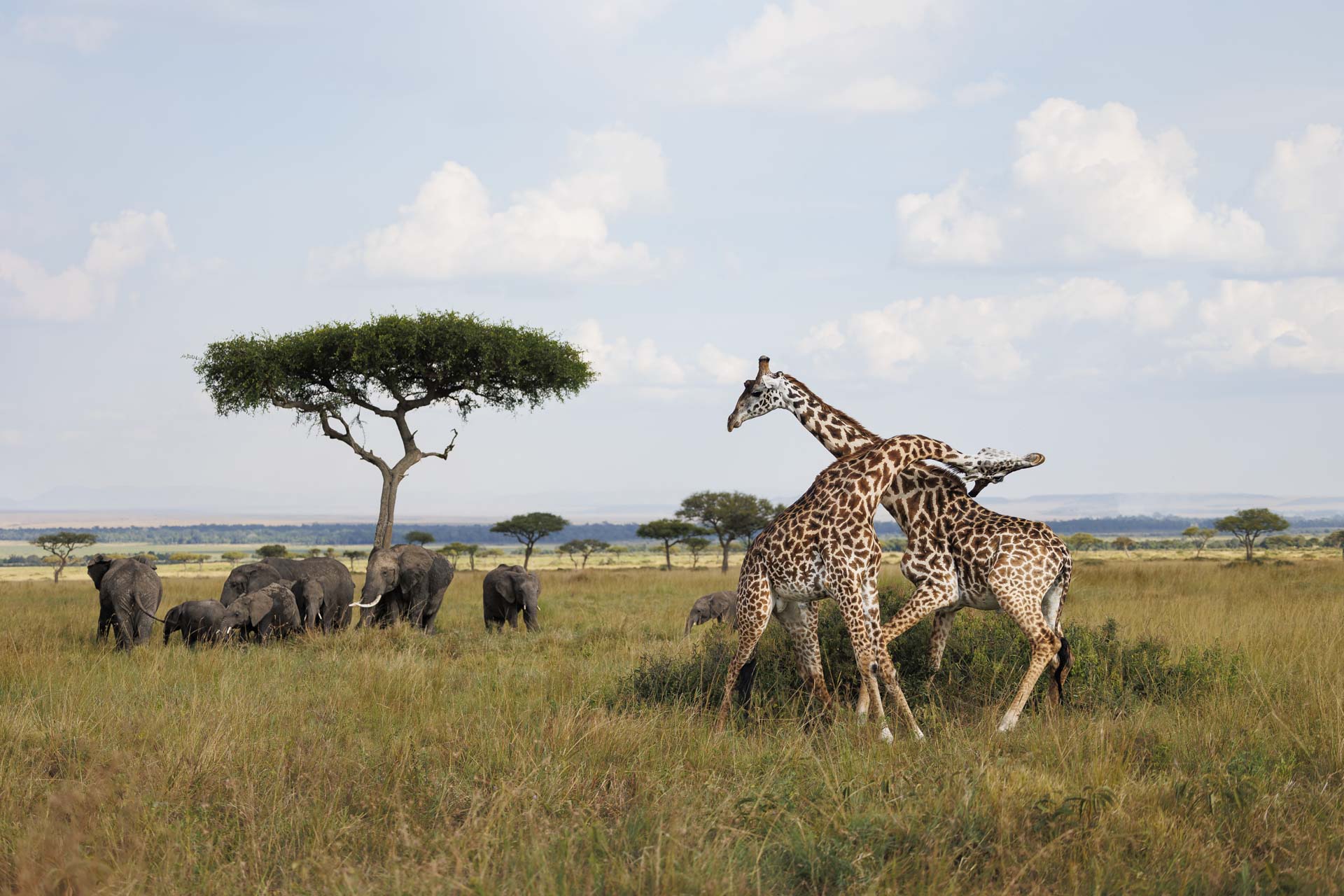
With the Migration frenzy ending a bit earlier than expected, there are still a few groups of wildebeest, mainly towards the border to the south. Rains are the driving force behind the wildebeest migration, determining its timing, route, and success. The delicate interplay between rainfall, grass growth, and water availability shapes the unpredictable movements of these animals.
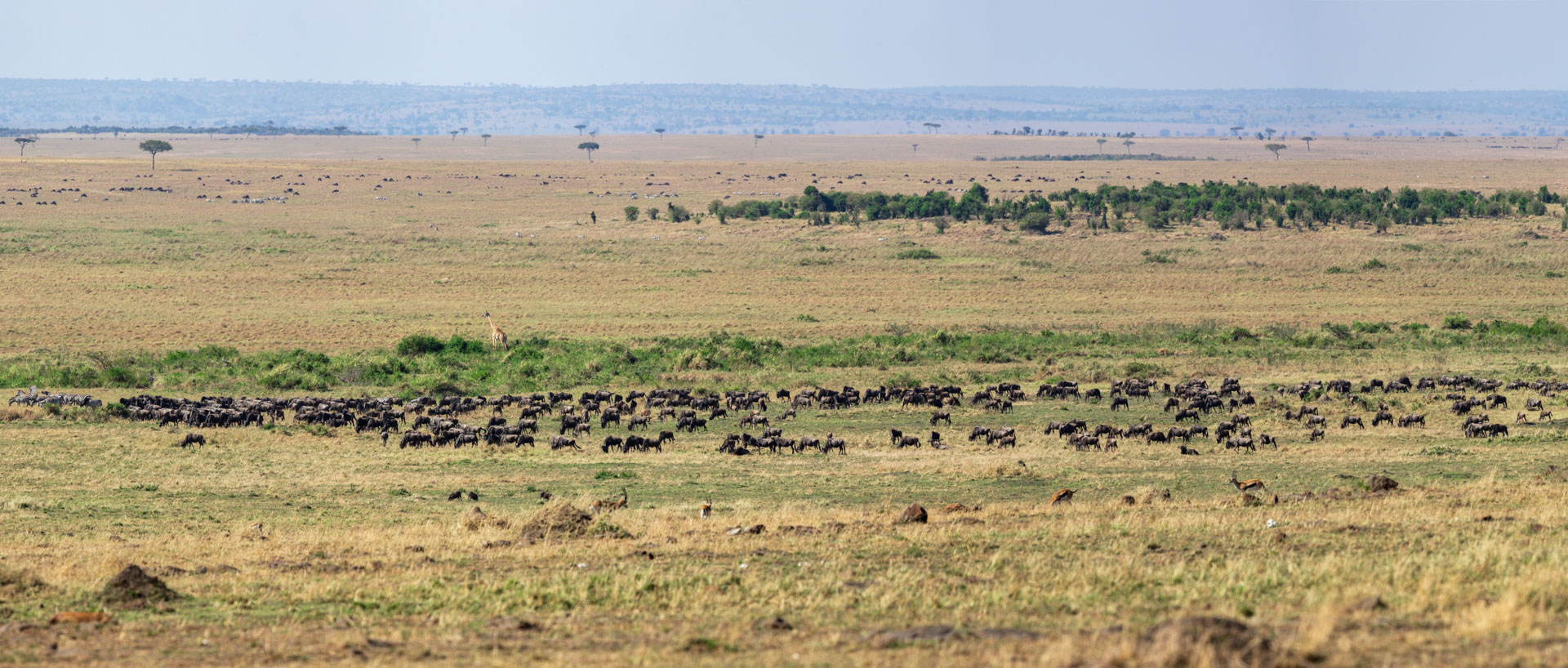
With the next short rains expected in the Serengeti between November and December, small herds continue crossing the Sand River towards the Maasai Mara. Herds and lines of animals can be seen from across the border, slowly making their way towards Kenya. As we sat, hoping for some action, a small group of zebras crossed the shallow river.
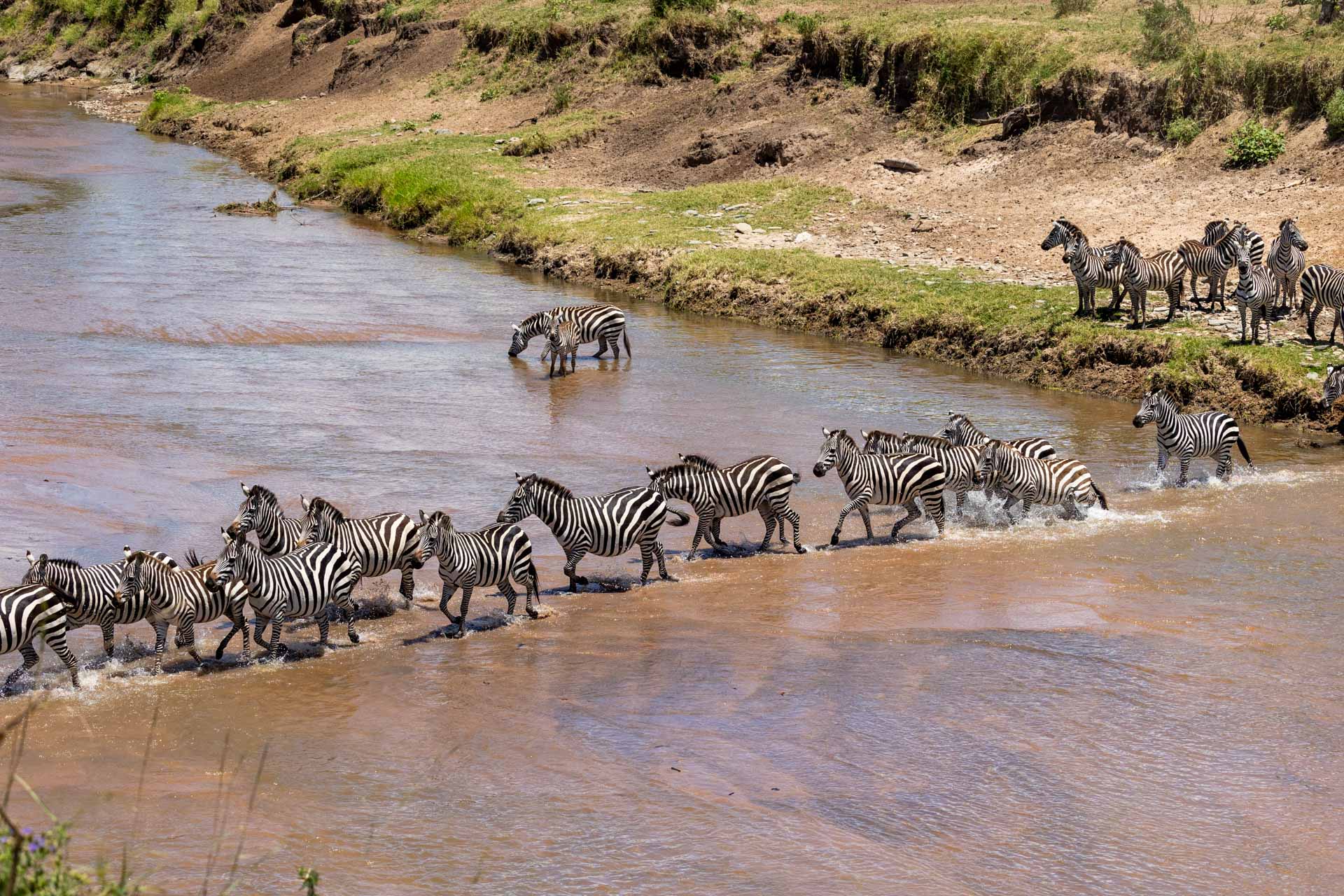
When rains fail in one region but fall in another, it can significantly impact the grazing patterns and migration of wildebeest and zebras. This disruption sometimes forces herds to stay longer in areas with better grass availability or delays their movements. In the Mara Triangle, small but recent rains near and along the escarpment are playing a critical role in guiding herds northward. This area has seen less activity during this Migration Season, but with the grass still lush, it is now hosting impressive herds of wildebeest and zebras.
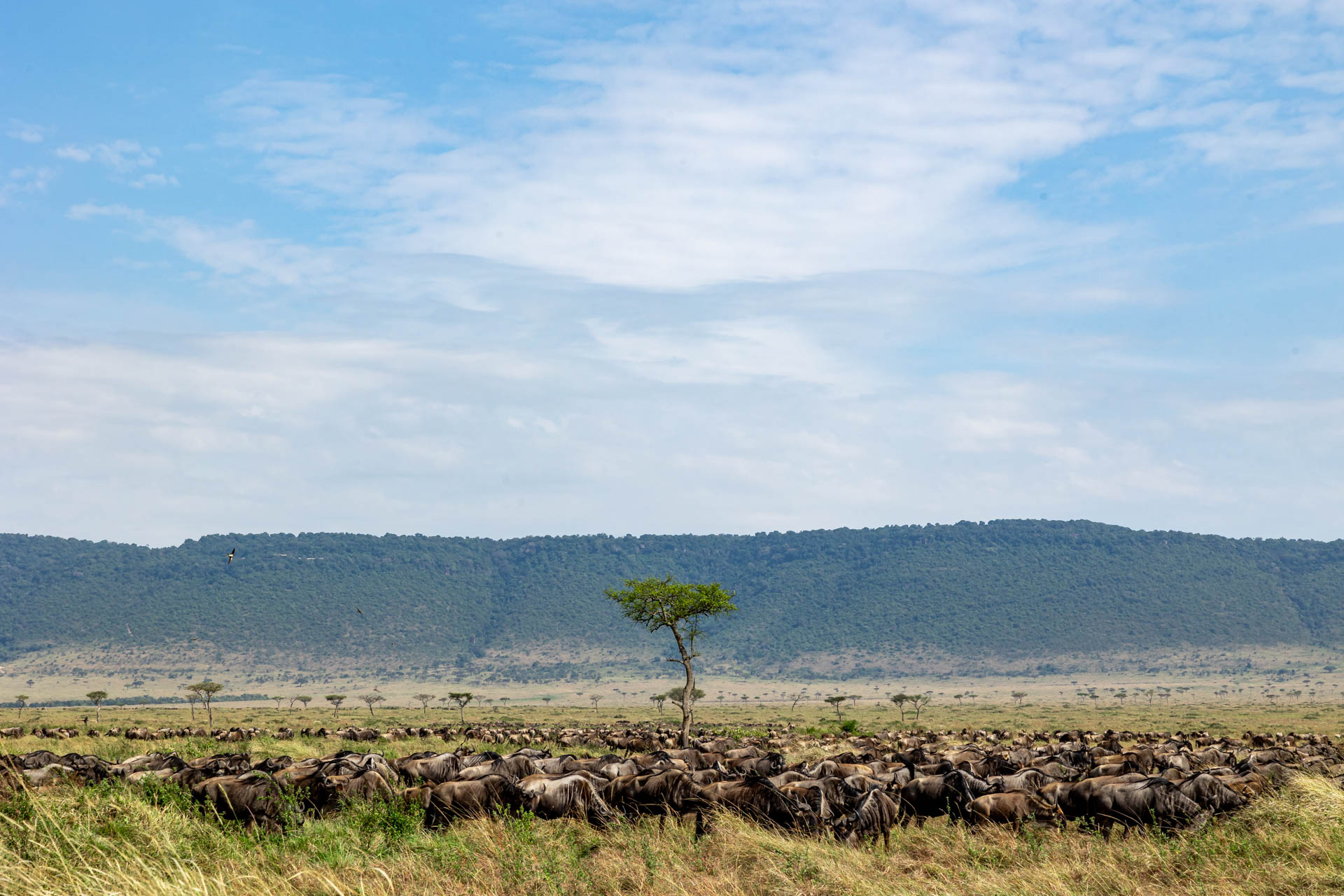
As we see every year, the Migration draws predators, like this lone cheetah, now resting after feeding on a young wildebeest. Close by, scavengers have already cleared the remains. We weren't able to identify this cheetah as they are best recognised by the unique patterns on their tails.
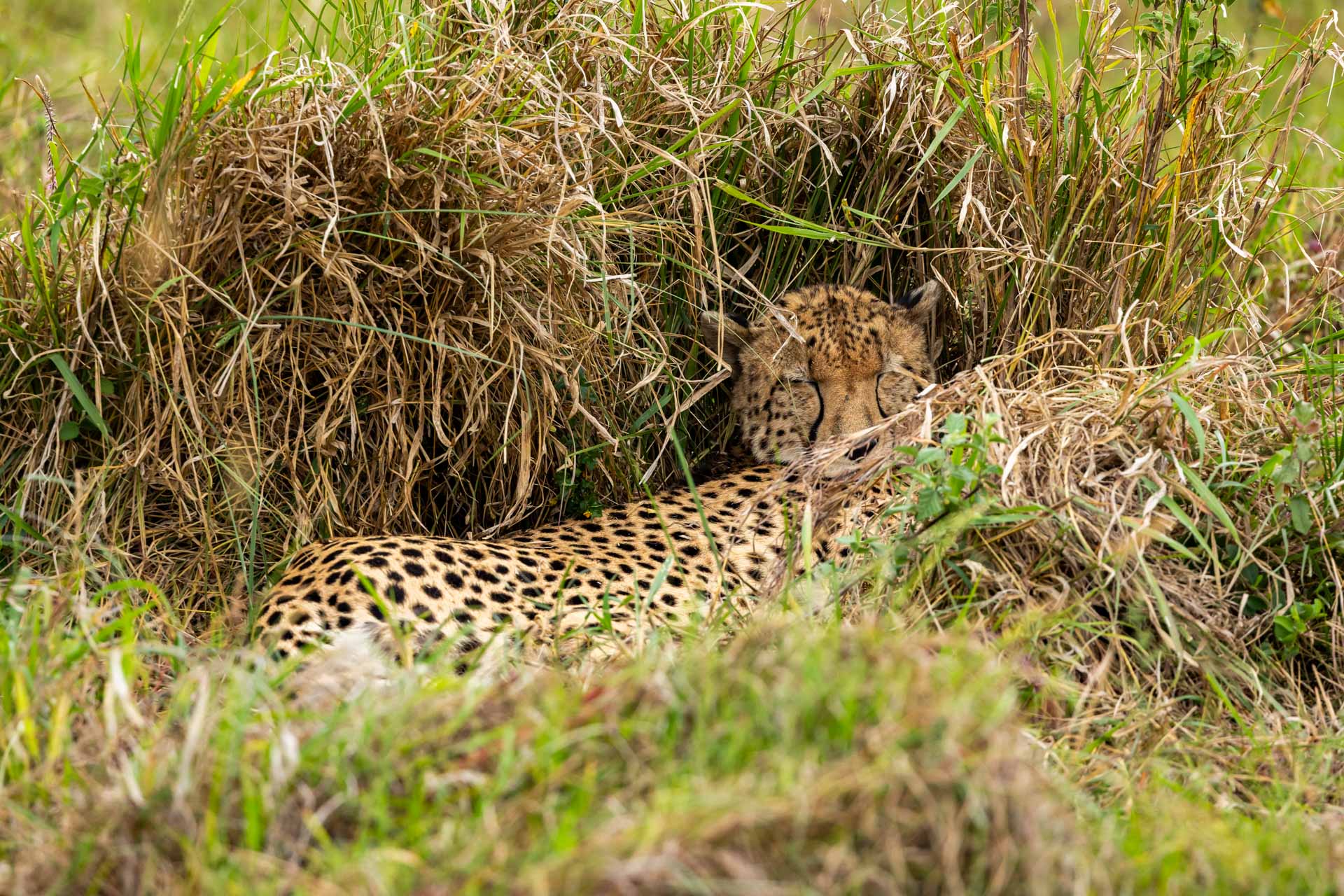
Another cat spotted this week was the Serena Male, a magnificent leopard we last featured in March 2023, who continues to maintain his territory near Serena Lodge. This area, dense with vegetation, often hides him from view, making sightings rare. Recently, he brought down a young zebra — too large to haul into a tree. Leaving it on the ground was risky, with stronger predators around. But from a perch above, he kept watch over his prize, ready to defend it from any threat.
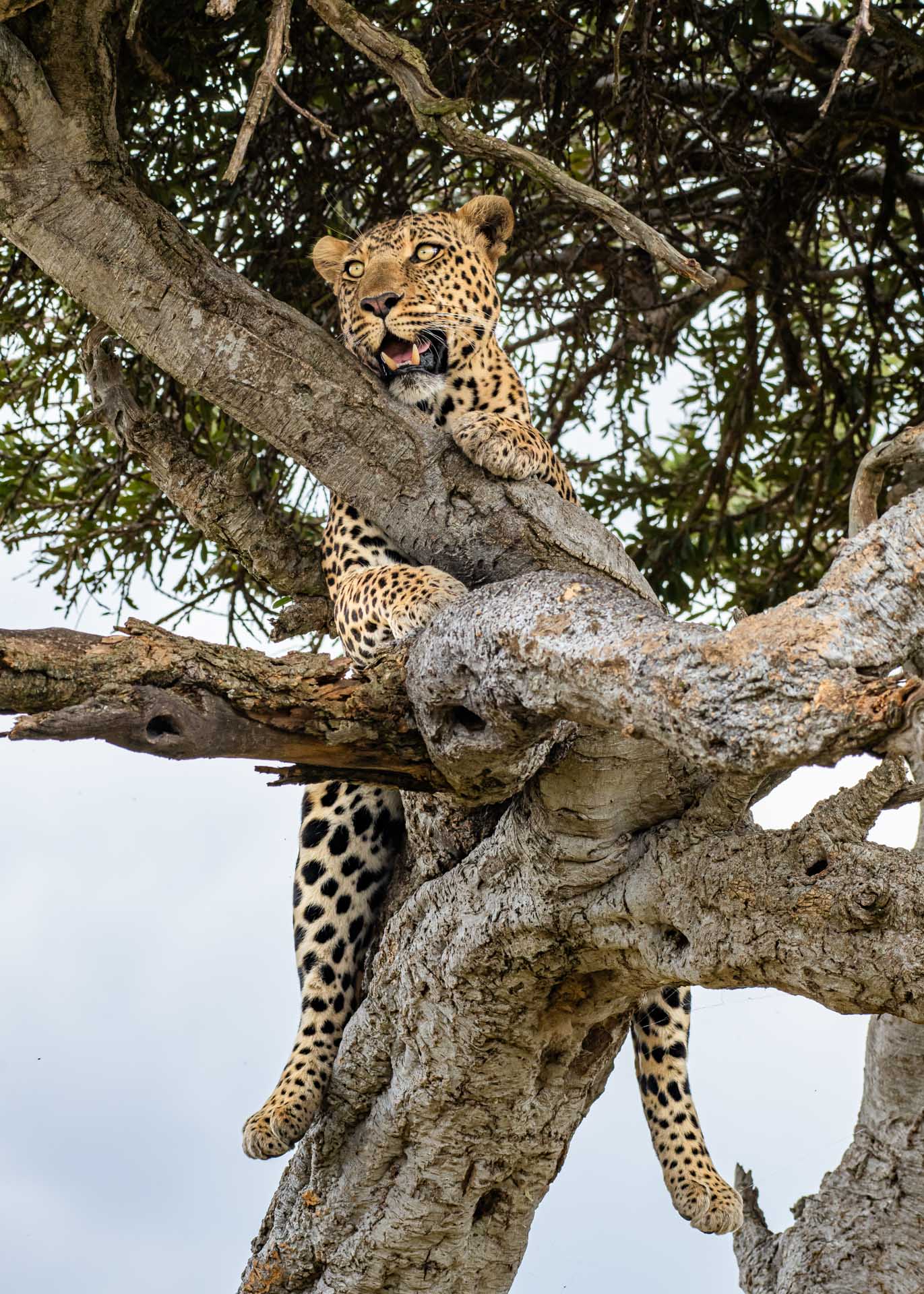
Young male giraffes engage in sparring as part of their natural development and social behaviour. Sparring involves necking, where males swing their heads and necks at each other in non-lethal bouts, which can, at times, escalate into more intense fights later in life.
This behaviour helps develop their muscles, balance, and coordination — essential for survival and future battles over mates. The two lock their bodies together for balance and stability before swinging at each other. Male giraffes can be distinguished from females by the lack of hair on their horns, called ossicones, which is worn away due to frequent physical confrontations.

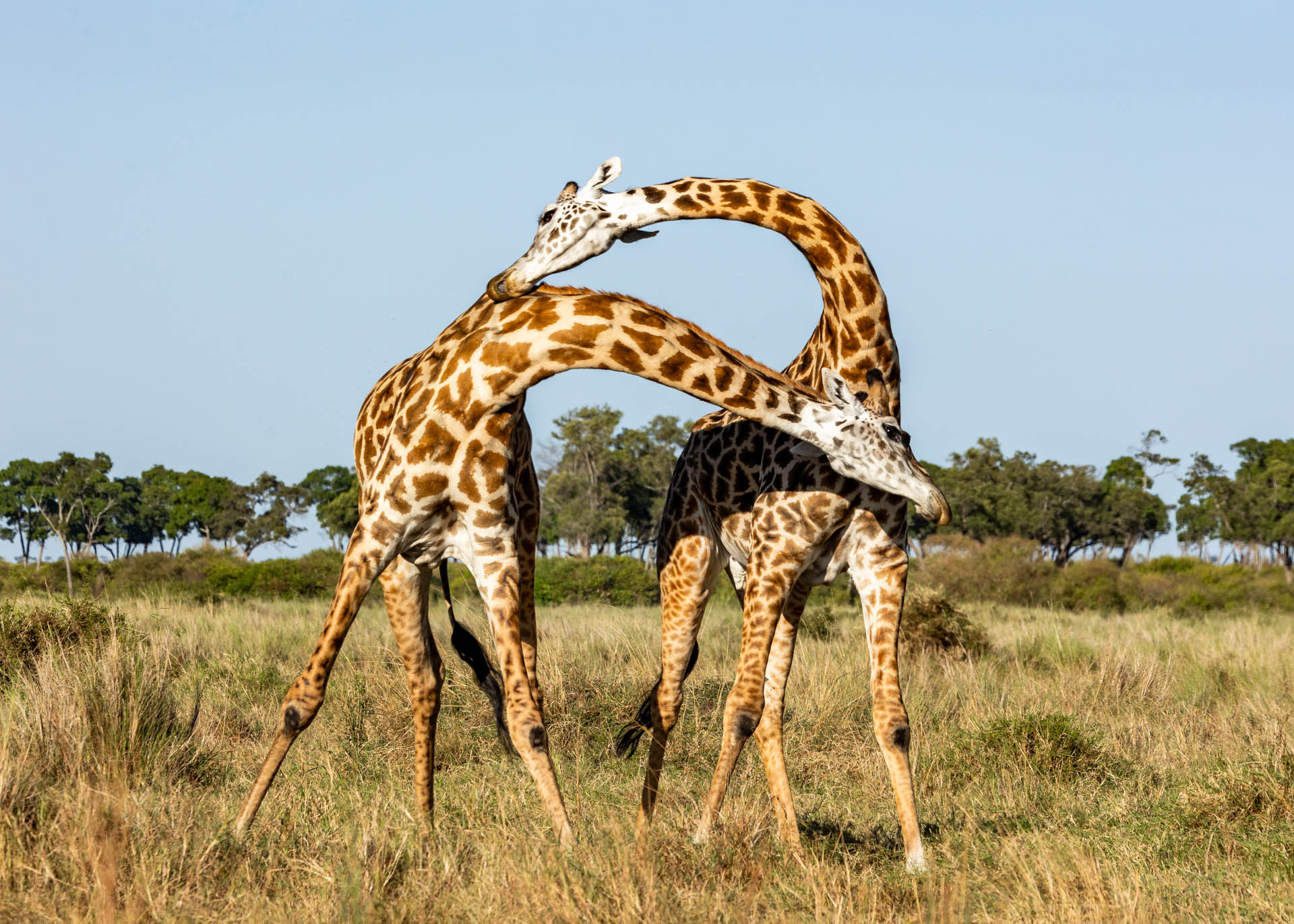
To end off the week, Angama Guide Wilson was fortunate to capture this breathtaking moment as this Nyati male stood proudly basking in the golden light, a true embodiment of the wild’s strength and beauty. -Robert Sayialel

Cynthia Moss is a renowned conservationist and ethnologist dedicated to studying and protecting elephants, particularly in the Amboseli ecosystem. Her pioneering research has transformed our understanding of elephant behaviour, social dynamics, and intelligence. In 1972, Moss founded the Amboseli Elephant Research Project, one of the world's longest-running studies of wild elephants, and she is now part of the Amboseli Trust for Elephants (ATE).

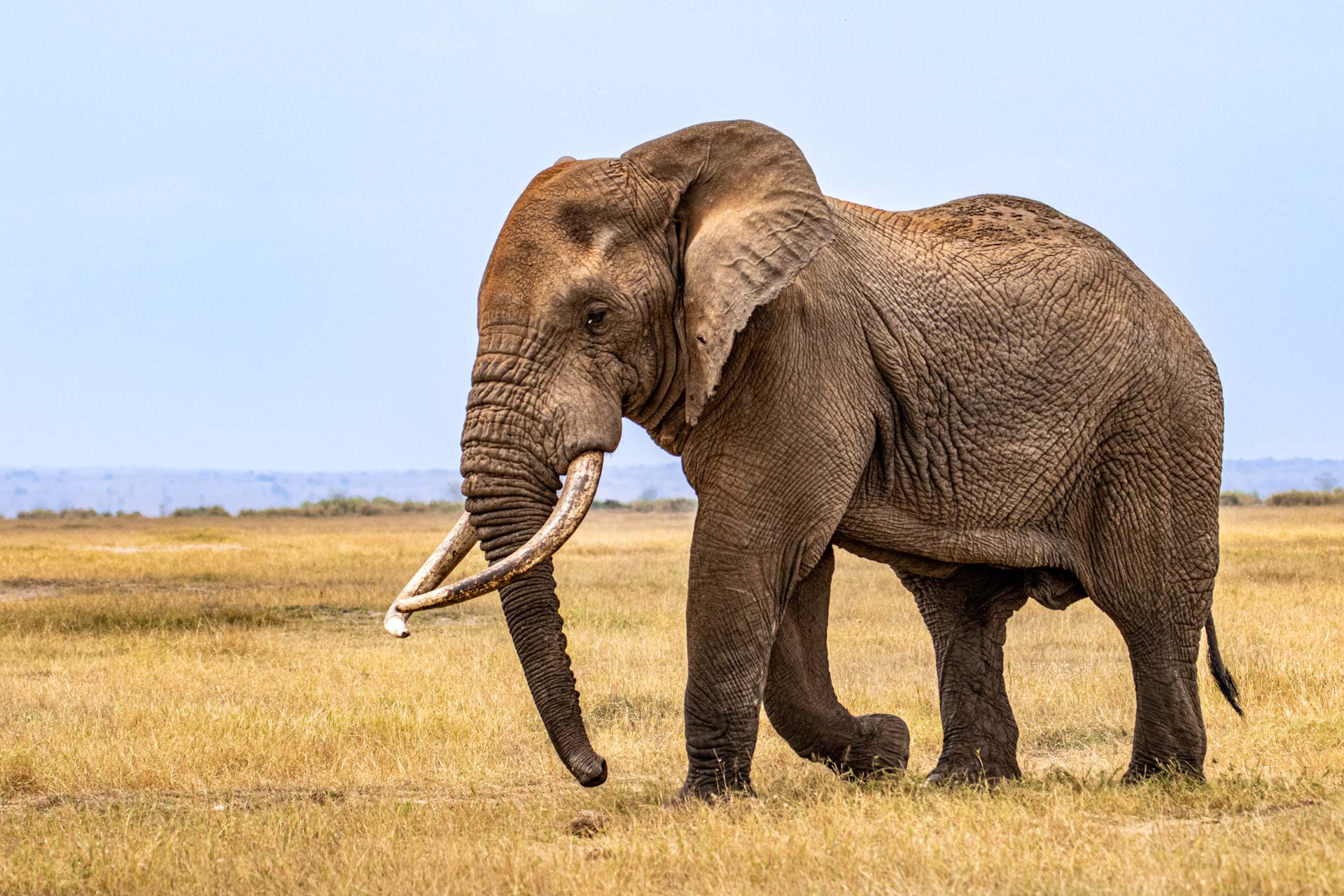
Moss' innovative approach involved giving elephants individual names and tracking their movements and interactions. This alphabetical naming system, developed with her colleague Harvey Croze, is now standard in elephant research and conservation. It enabled Moss and her team to identify elephants and their families, documenting their complex social structures, kinship ties, and unique personalities.
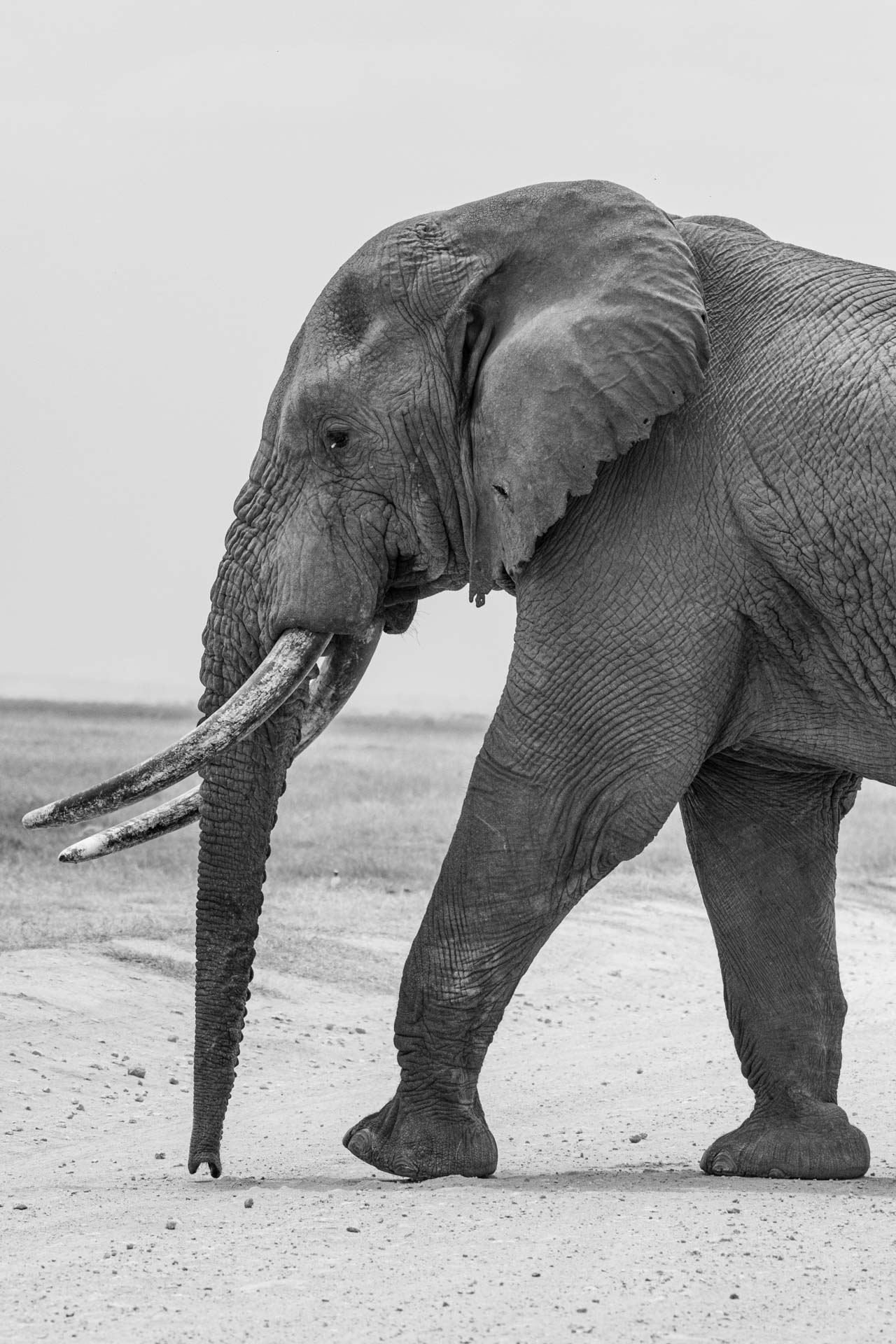
Head Guide Alice spotted the iconic bull Townsend in Amboseli National Park this week. Townsend was born in 1994 to Tallulah from the TD family (the same family as the late Tolstoy). He is known for his intelligence, gentle nature, and problem-solving skills; Townsend has been seen using branches as tools to reach water and scratch his back. Moss features his story in Elephant Memories, showcasing these magnificent animals' remarkable intelligence and emotional depth.

Alice struck it lucky again when she came across six cheetahs in Amboseli National Park. Among them is a female with five cubs, regularly seen near the Kimana Gate and the ATE. She has become a local celebrity, attracting visitors eager to catch a glimpse of her and her cubs.
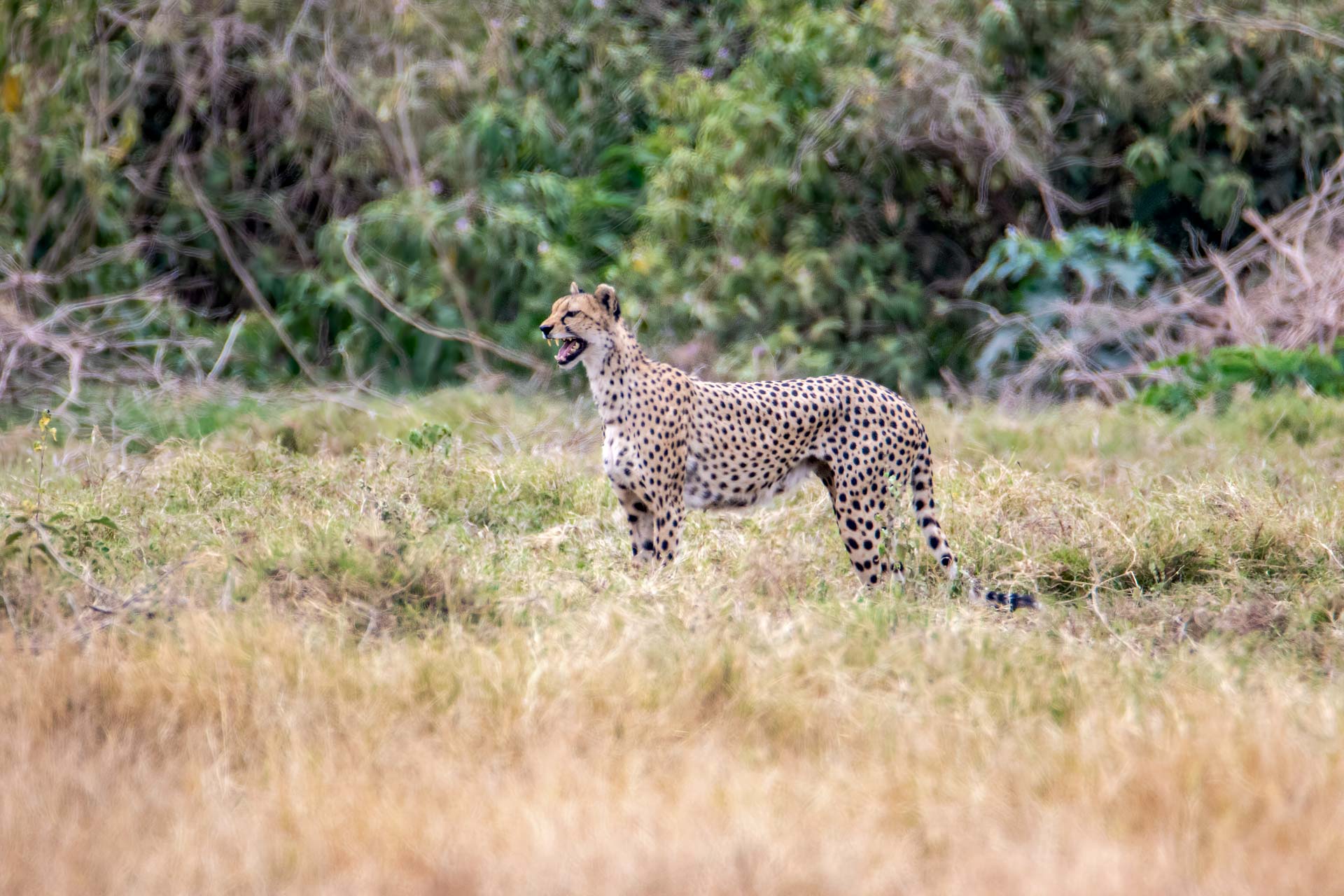
Arriving moments after, the mother skillfully brought down a Thomson's gazelle — Alice saw the animal's leg was still twitching — but it soon lay still, allowing the cheetah to catch her breath. After a short pause, she walked toward the hidden cubs and began calling. A cheetah's call is a distinctive sound that the cubs use to find their mother. One by one, all five cubs emerged and began to eat; we estimate them to be around four or five months old.
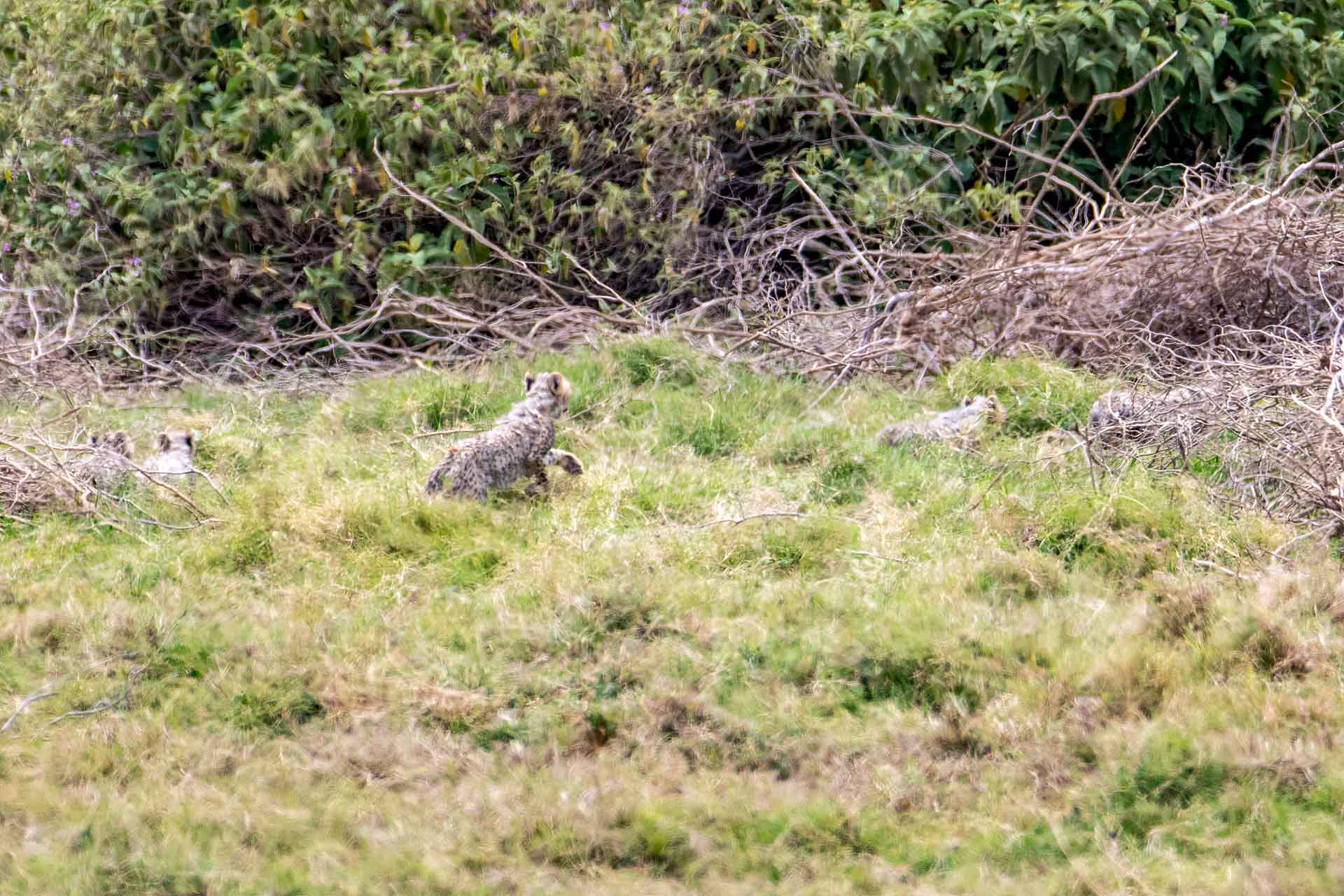
In this ecosystem, a cheetah with five cubs is an extraordinary sight. Cheetahs, unfortunately, are facing significant population declines due to habitat loss and human-wildlife conflict. With typical litters of two to four cubs, a litter of five increases the chances of survival. A larger litter offers better protection from predators and improves the odds of finding food, which could contribute to the survival of the species.

A rare sighting came in the form of a striped hyena, a nocturnal carnivore, which is rarely seen due to its night-time activity and avoidance of humans. Though more closely related to cats than dogs, these creatures play a crucial role in the ecosystem. This sighting in Kimana Sanctuary underscores the importance of conservation in preserving biodiversity and ensuring suitable habitats.
Striped hyenas typically live in pairs or small family groups, unlike their spotted cousins, who form large clans. They form strong pair bonds, engaging in playful behaviours such as chasing and wrestling. This social structure is vital for raising their young, as both males and females share in caring for their cubs. They also use a range of vocalisations — barks, howls, and whines — to communicate and maintain social cohesion within their groups.
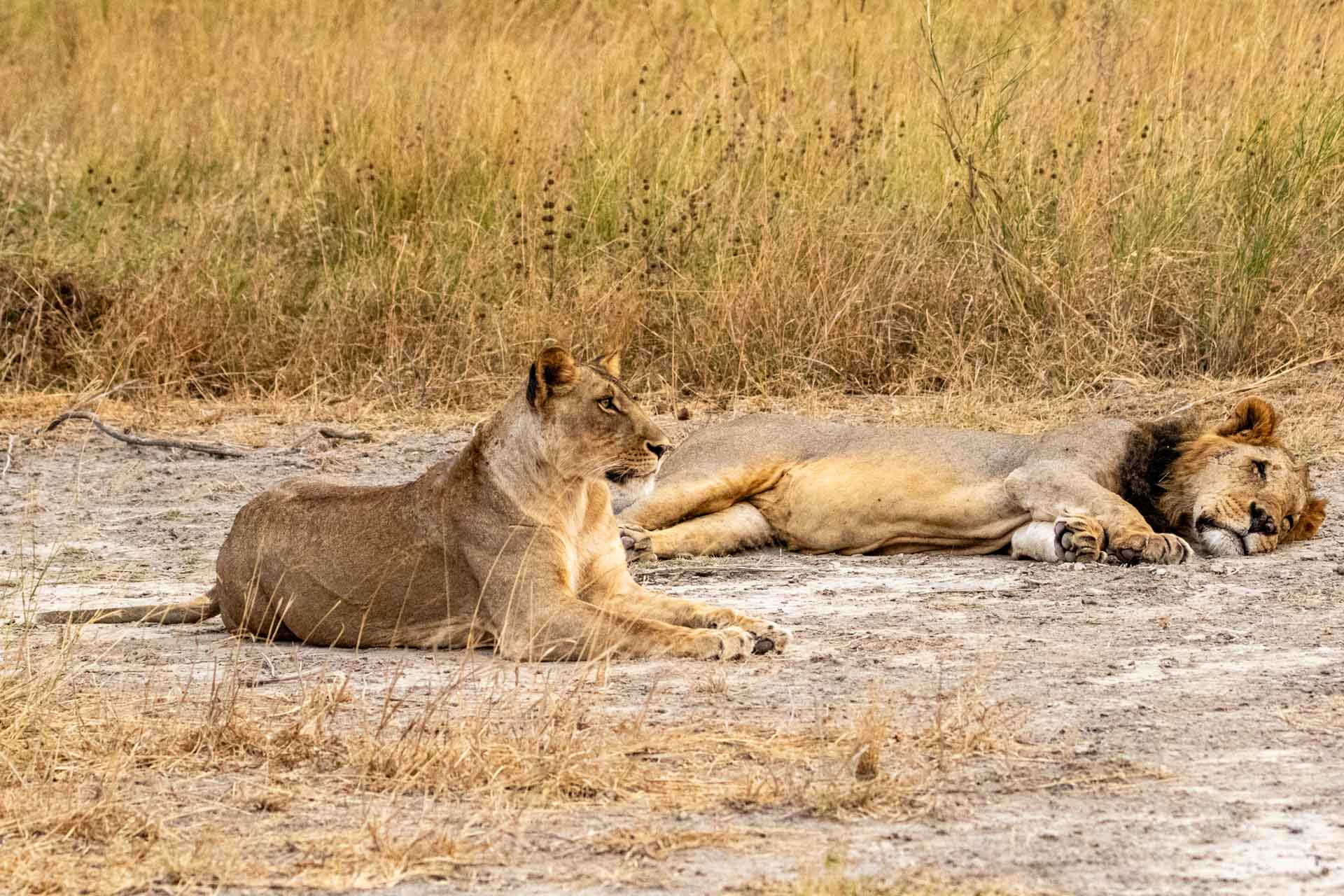
The resident lions of Kimana made an appearance this week, with their ever-changing dynamics keeping us hopeful for the arrival of cubs to grow the pride. The male lion bore noticeable scars on his face, likely from fights over mating rights or territory; this aggressive behaviour is common among males, and confrontations with other lions pose the greatest threat to a male lion's life.
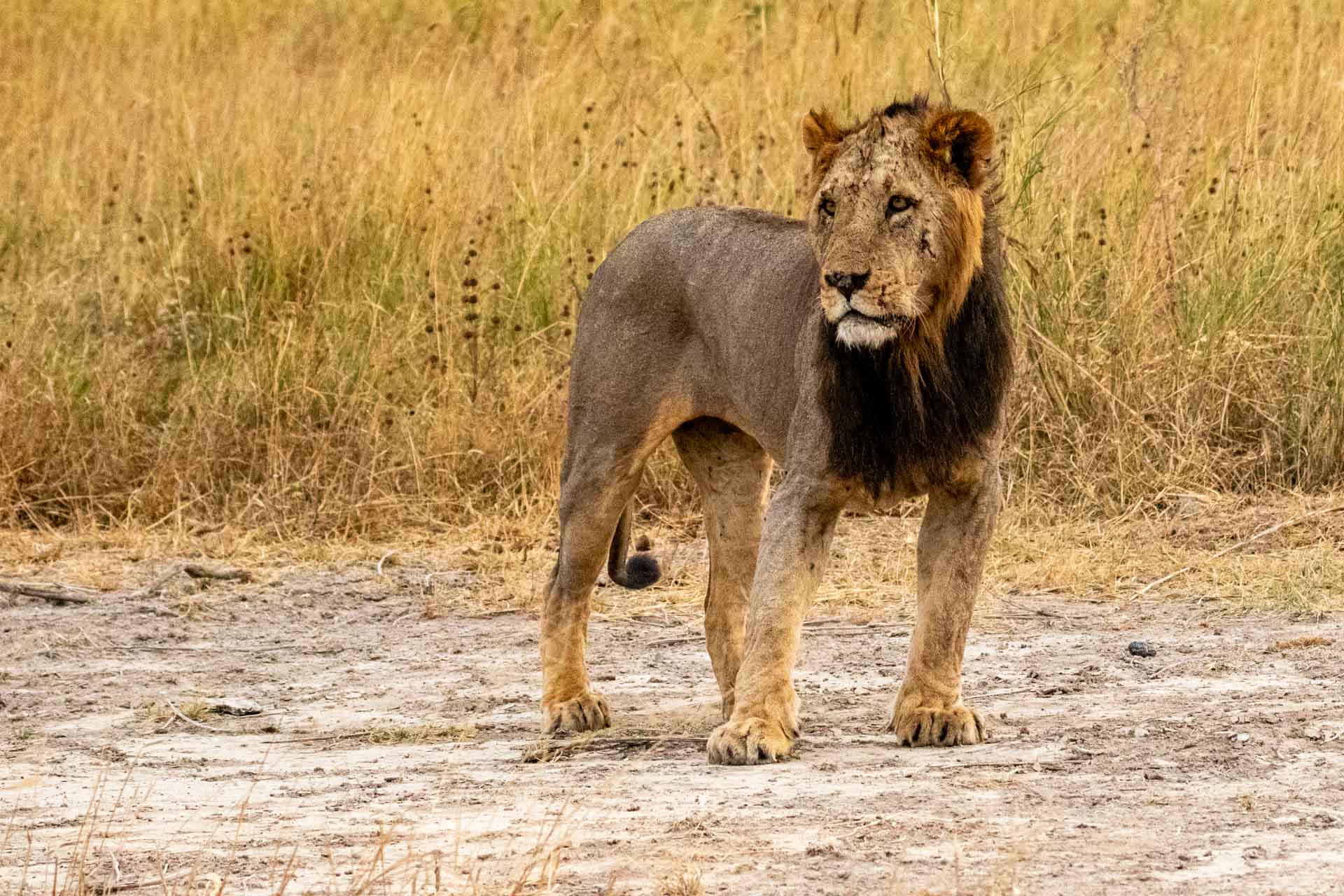

Just outside the Photographic Studio, high in the trees, lives a family of Verreaux's eagle-owls. This majestic and elusive bird of prey is renowned for its incredibly silent flight, allowing it to surprise its prey, which includes hares, rodents, small birds, and even snakes. With a wingspan reaching up to two metres, it's one of the largest owls in the world.
Its distinctive white facial disc helps it locate prey in low light, while its dark brown or grey plumage, marked with intricate patterns, provides camouflage. These owls thrive in semi-arid and arid environments, such as savannahs, grasslands, and rocky areas. Typically solitary and nocturnal, they spend much of their time roosting in trees or rocky outcrops. Known for being highly territorial, these owls fiercely defend their nesting sites, often built in large trees or on cliffs.
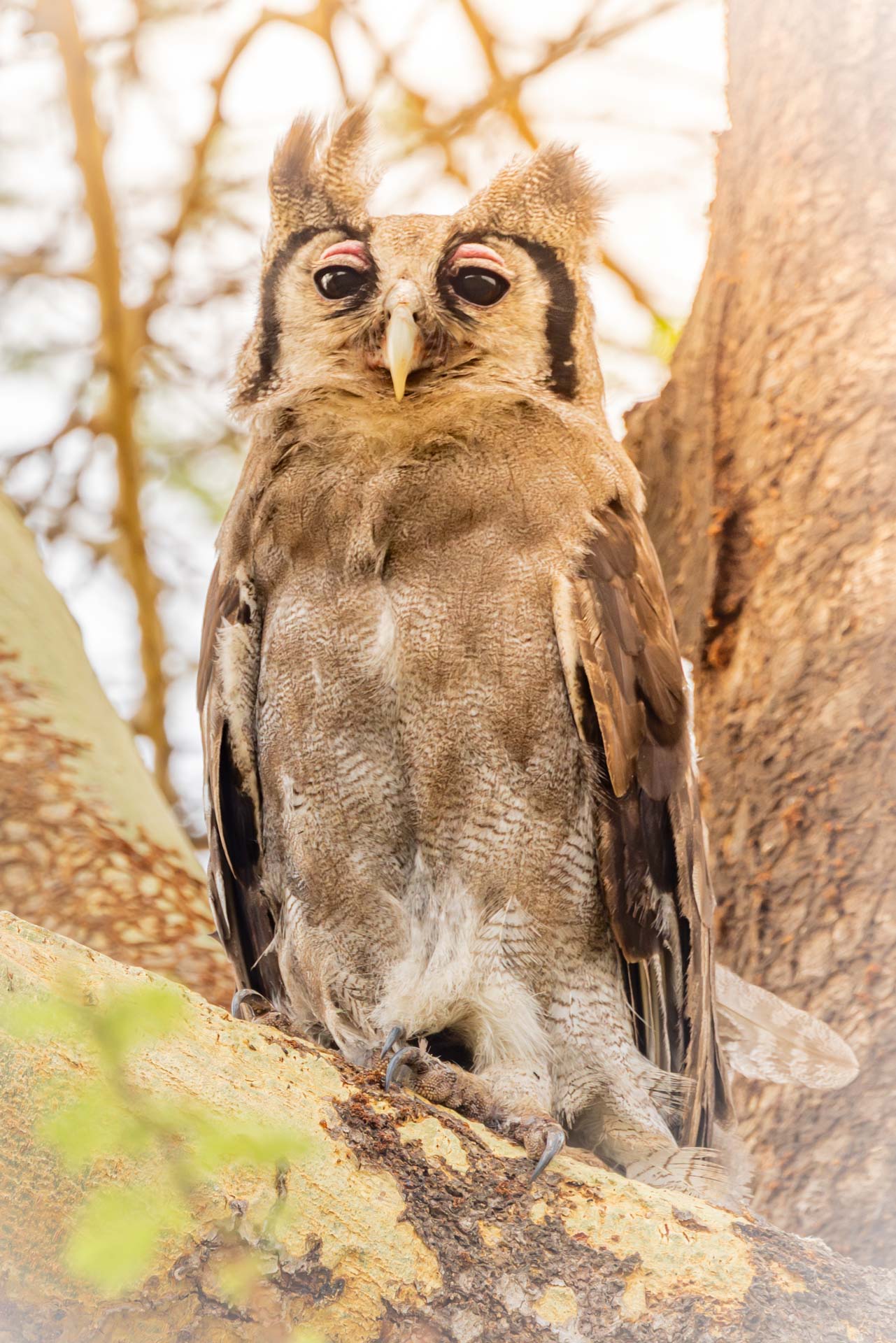
The African rock python made an appearance again this week, and this time, it was even closer. Ranked among the top five largest snake species in both length and bulk, these snakes can grow up to 6 metres long and weigh over 90 kilograms. Their colouring varies, but they're usually brown or olive with dark blotches or bands, as seen in the picture.
These snakes thrive in various habitats, including savannahs, grasslands, and forests, and their diet mainly consists of large mammals. Though their size can be intimidating, they are generally not aggressive towards humans and only attack when threatened. Their powerful constriction is used primarily for hunting rather than defence. Conservation efforts are crucial to protecting these magnificent creatures and the habitats they call home.
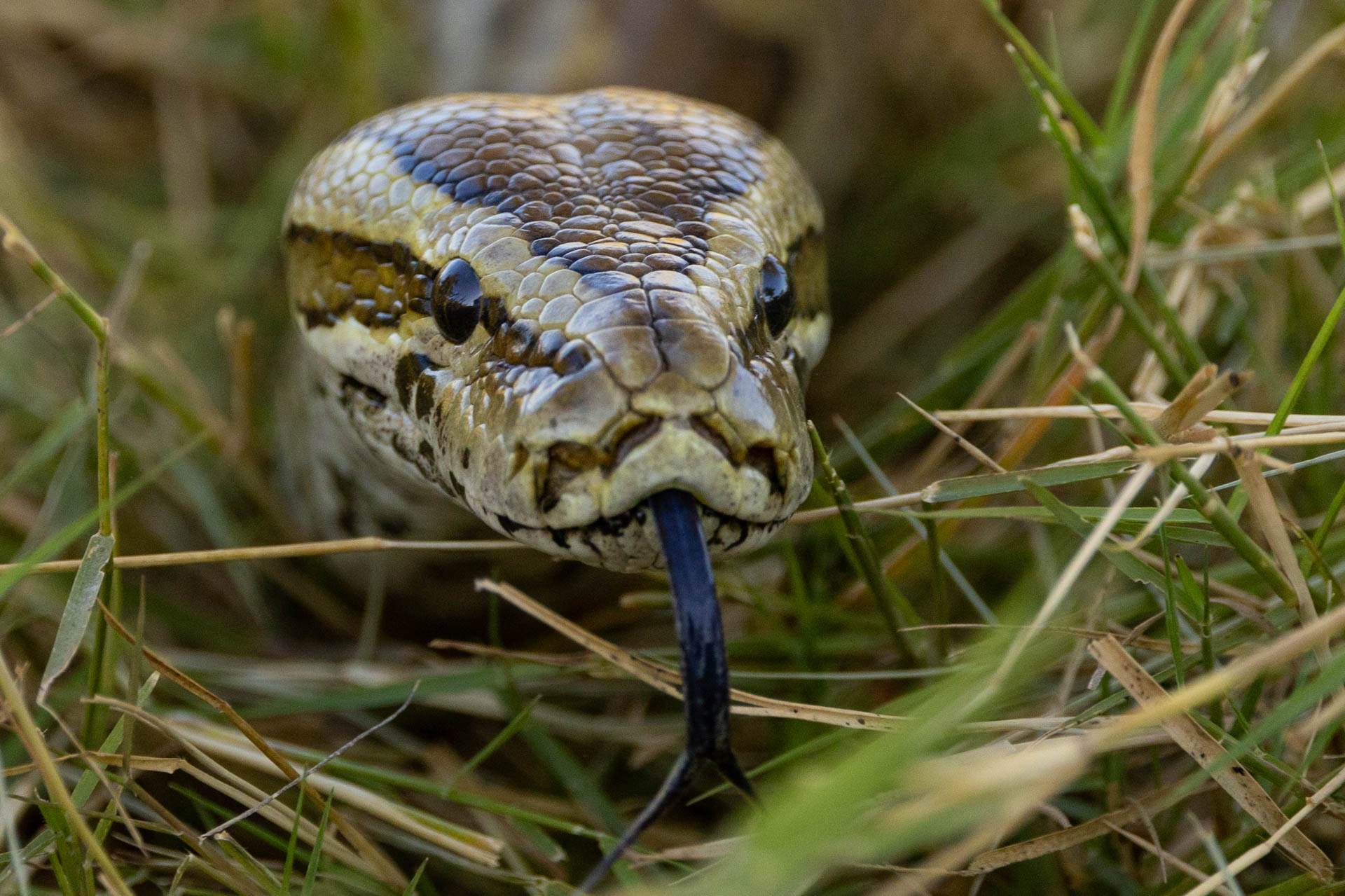
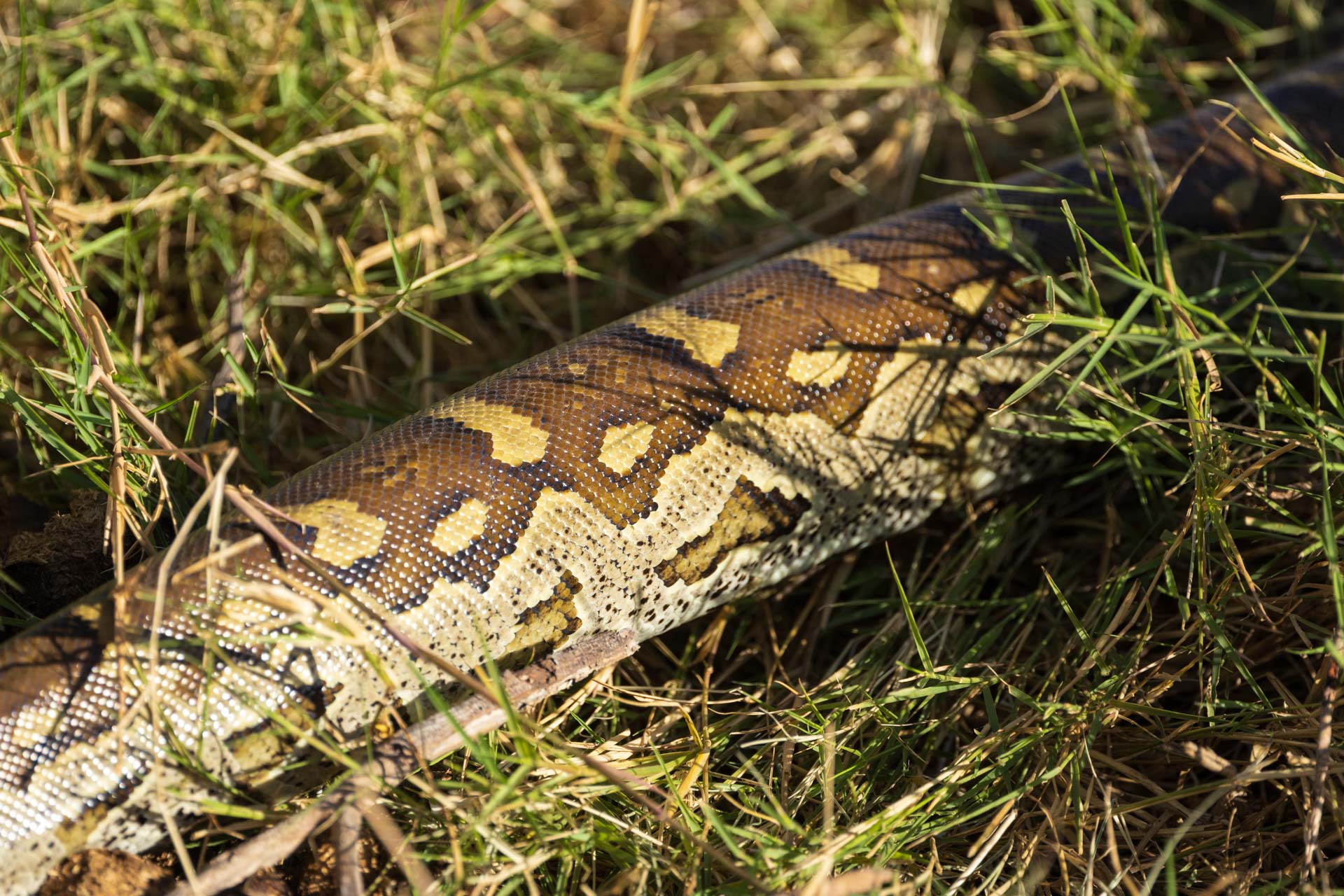
Kili brings cold winds that sweep through the Sanctuary. The mornings are brisk; by evening, her snow-capped peak hides shyly behind a sea of clouds. What's truly special about Kimana, and private conservancies in general, is the complete immersion in nature—waking up and immediately feeling in tune with your surroundings. Plenty of exotic birds float through the Sanctuary.
I had some fantastic sightings, even on my short walk from my room to the Studio. I spotted an African fish eagle, a close relative of the American bald eagle, and a juvenile red bishop right in the open Guest Area. -Andrew Andrawes

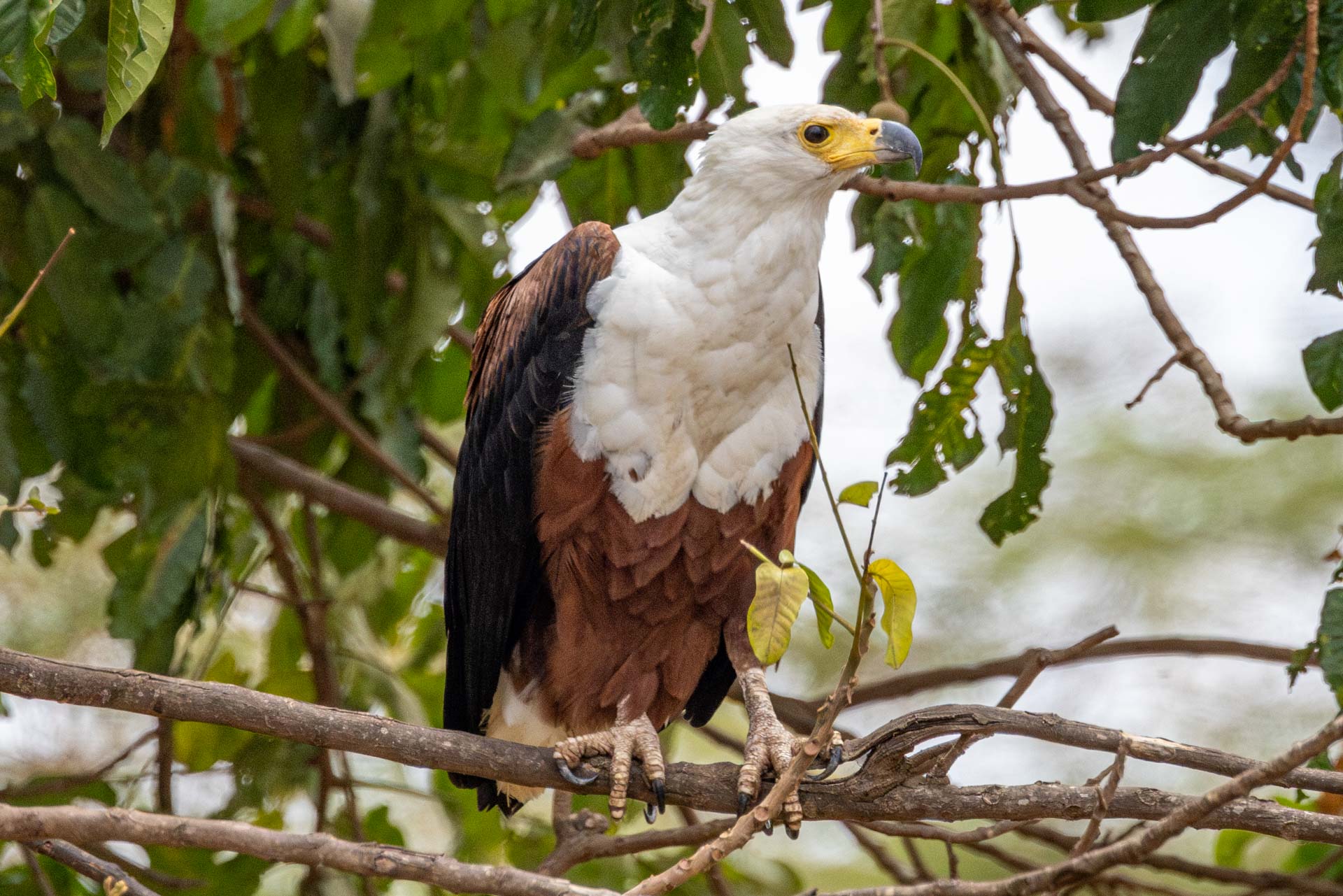
Filed under: This Week at Angama
Subscribe for Weekly Stories
Comments (0):
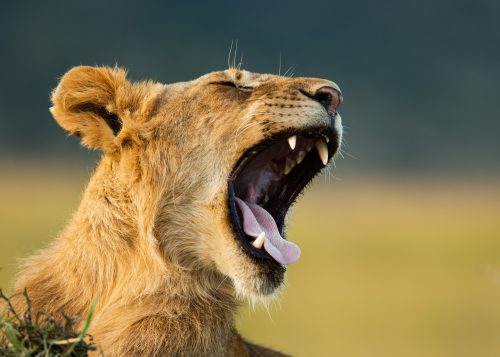
Angama Safari Offers